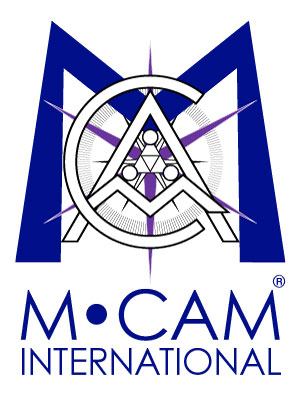Q4 Index Rebalance Highlights
The global economic uncertainties of the second quarter of 2019 deepened during the third quarter. Economic growth has continued to slow due in part to the persistence of global economic tensions. In August, the St. Louis Federal Reserve reported sluggish growth in industrial production and confirmed the 2% GDP growth for the US. Market sentiment has been focused on the refrains of “financial crisis”, “recession” and other media-fueled risk-factor legacies of the 2008 global financial crisis. The increasing tariff uncertainty between the US and China continue to impact the confidence of global trade and investment leading to a $54 billion drop in US international trade in goods and services in July 2019. An increase in energy price volatility was triggered by a series events starting with Britain’s seizure of an Iranian tanker in Gibraltar (not surprisingly underreported in Western media) in early July which triggered Iran’s (highly publicized) reprisal seizure of the British tanker in the Strait of Hormuz later that month. Adding to the volatility were Yemeni aerial attacks on the Saudi Arabia oil facilities which disrupted the global oil supply chain for several weeks. The outlook for Brexit remains obscure. US monetary policy stays confusing and unpredictable based in large part on the President’s inability to respect the statutory independence of the Federal Reserve. Despite the robust growth of the global employment, the IMF lowered its 2019 global economic growth projection by around 0.2 percent compared to its April update. The Conference Board also lowered its global outlook projections by 0.3 percent compared to its November 2018 outlook, and has predicted the U.S. growth rate to slow to its 2% long-term potential.
M·CAM’s view of innovation activity by corporations around the world indicates that several companies have used the first three quarters of 2019 to invest in agility in manufacturing and distribution –concerns highlighted in the recent global uncertainty environment. Technology transfer as a component of global procurement continues to play a role in transactions but is falling out of favor in several markets. Recent reports by the US National Academy of Sciences, the Council on Foreign Relations and others all report the alarming drop in federal funding for research which could indicate lasting negative impacts for the US economy and considerable opportunities for other markets to overtake US dominated fields.
Click here to download the full report as a PDF (Includes statistics)


Sorry, the comment form is closed at this time.